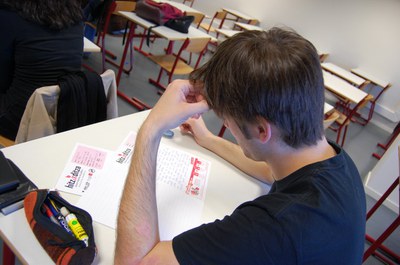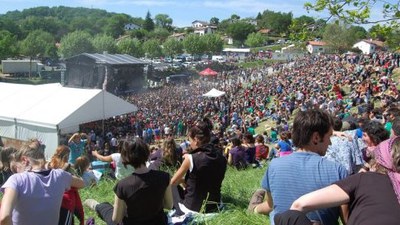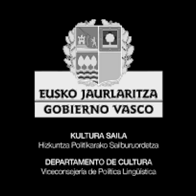Basque sociolinguistics
Sociolinguistics studies the way in which languages work in society.

The revitalisation of languages in difficulty
The co-existence of languages causes conflicts to the extent that the development and even survival of certain languages, such as Basque, are threatened.
When a language is no longer passed on naturally from one generation to the next, it is the duty of the authorities to intervene to reverse that trend. This process is described by Joshua Fishman as RLS (reversing language shift). Sanchez Carrion, "Txepetx", has applied the theory to the Basque language and the regional government took inspiration from it when drafting its linguistic policy, "Euskara biziberritzeko plan nagusia" (general revitalisation plan for the Basque language, 1999).
Basque sociolinguistics
We have reliable statistics for the entire Basque Country dating back 150 years. Here are the main studies.
- 1868: Ladislao de Velasco compared the population and number of Basque speakers in each province.
- 1970: Pedro de Yrissar compiled accounts collected in the villages.
- 1991-2006: Four sociolinguistic surveys carried out by the Basque Regional Government to analyse linguistic competence, the use of the Basque language and motivation surrounding it.
- 1999: Teenagers and the Basque language, a survey carried out by the Basque Cultural Institute and the Sociology Faculty at the University of the Basque Country.
- 1999: The transmission of language in the study of family history, General Population Census by the French National Institute of Economic & Statistical Information (INSEE).
The Sociolinguistic surveys concerned speakers aged 16 years old and above and the Census was aimed at citizens aged 18 years old or above. In both cases the analysis was carried out based on the age group of respondents enabling the evolution of the Basque language to be traced from 1910 to the present day. School statistics and the draft linguistic policy enables the state of the Basque language in the coming years to be forecast.
Key figures for the Northern Basque Country
- 1868: 80,000 Basque speakers for 165,000 habitants (48 %)
- 1970: 77,848 Basque speakers for 217,888 habitants (36 %)
- 1996: 67,500 Basque speakers for 250,000 habitants (27 %)
- 2006: 63,700 Basque speakers for 283,000 habitants (22.5 %)
- 2011: 51,100 Basque speakers for 240,000 habitants (22 %)
- 2016: 51,200 Basque speakers for 249,400 habitants (20.5 %)
A 2% yearly increase in the number of pupils studying Basque will lead to 1 000 new Basque speakers per year in 15 years time. By 2050 the Northern Basque Country will have over 310,000 inhabitants aged 16 years old and above, including 94,000 Basque speakers, ie. 30% of the total population with around 55% in the youngest age groups.
- Contribution : Erramun Bachoc

 In this directory you will find
In this directory you will find  The Etxepare Basque Institute has published the Basque-English version of the book
The Etxepare Basque Institute has published the Basque-English version of the book 




